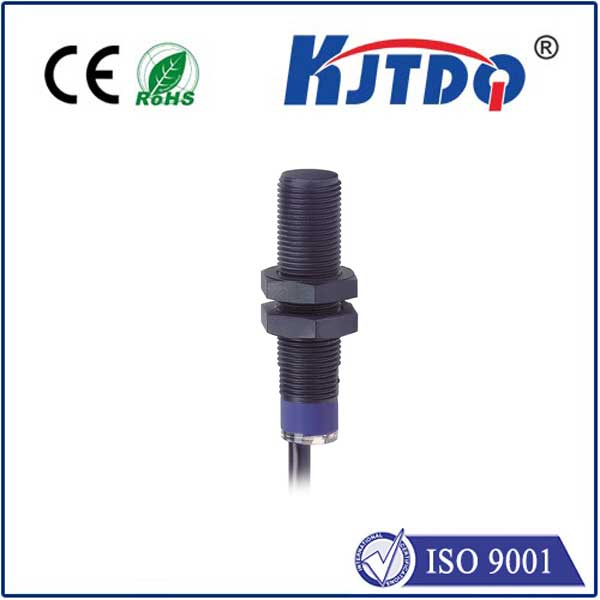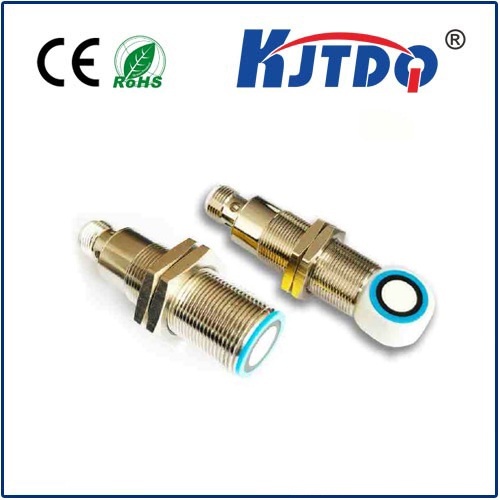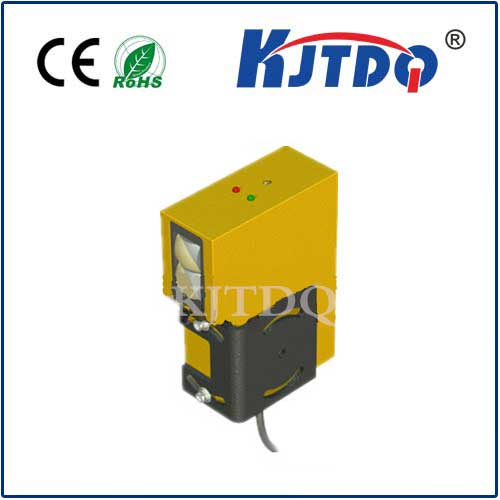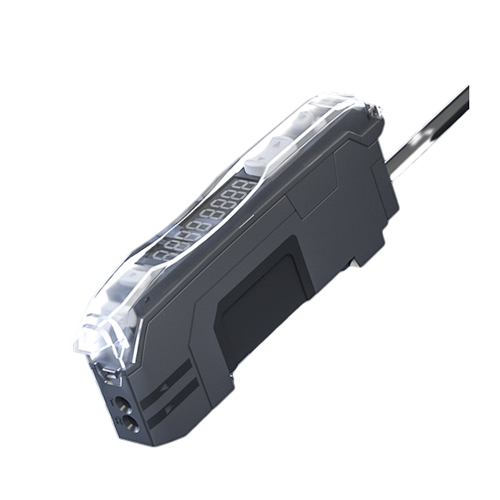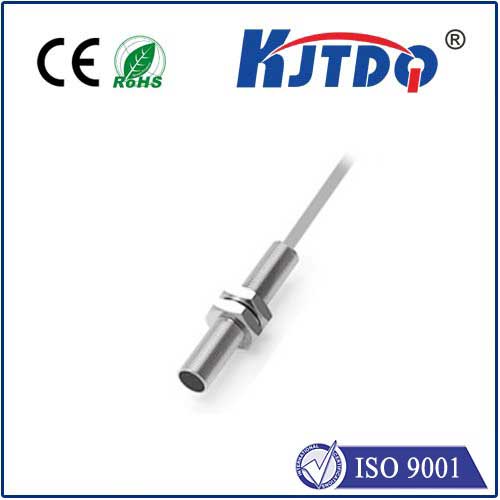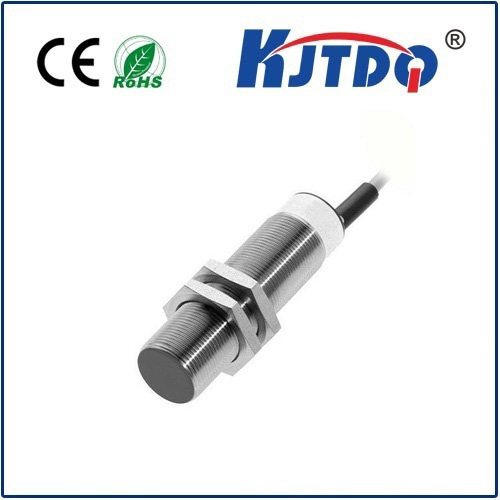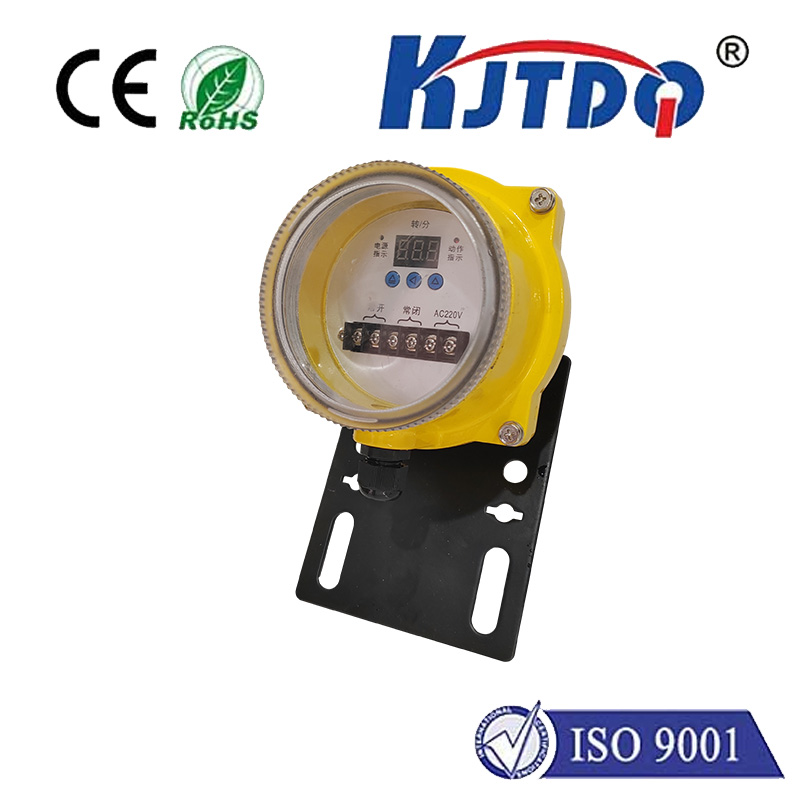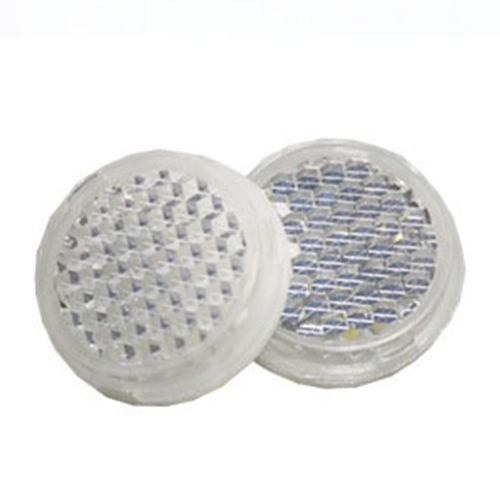лазерный датчик проникающего луча
- time:2025-08-29 00:53:02
- Нажмите:0
Through-Beam Laser Sensors: The Unseen Precision Guardians of Automation
Title: Through Beam Laser Sensors: Precision Detection Powering Modern Automation
Imagine your conveyor belt suddenly stops. Expensive components tumble, crushed together. Production halts, costing thousands per minute. The culprit? An unreliable sensor failed to detect a vital part’s passage. In the high-stakes world of automation, precision and reliability in object detection aren’t just desirable – they’re essential. This is where the through-beam laser sensor emerges as a fundamental, often unsung, hero. Far surpassing the limitations of simpler technologies, it delivers unmatched accuracy and robustness across demanding industrial environments.
How Through-Beam Laser Sensors Work: A Beam of Precision
The core principle is elegantly simple, yet incredibly powerful. A through-beam sensor consists of two distinct physical units:
- Transmitter: This unit emits a highly focused, collimated laser beam.
- Receiver: Positioned directly opposite the transmitter, this unit is solely dedicated to detecting the presence or absence of the transmitter’s specific laser beam.
Detection occurs based purely on beam interruption. When the unobstructed laser beam travels from the transmitter to the receiver, the receiver signals “no object present.” The instant an object physically breaks the beam path, the receiver loses the signal and triggers an output indicating “object detected.” This clear binary state (beam present/beam blocked) forms the bedrock of its reliability.

Why Choose Through-Beam? The Compelling Advantages
Compared to other common sensor types like diffuse-reflective or retro-reflective, the through-beam configuration offers distinct, critical advantages:
- Longest Sensing Ranges: By separating the emitter and receiver, through-beam sensors achieve significantly greater detection distances – routinely reaching 10 meters, 20 meters, or even far beyond, where other photoelectric types simply cannot function reliably. This makes them ideal for large machinery, warehouse applications, or monitoring wide conveyor paths.
- Highest Precision: The sharply focused laser beam enables the detection of exceptionally small objects – think fine wires, tiny components, or thin gaps that diffuse sensors might miss entirely. Accuracy is measured in fractions of a millimeter.
- Superior Reliability & Immunity: The “beam broken” principle is inherently robust. It is largely unaffected by:
- Surface Finish/Opaque/Transparent/Color: As long as the object physically interrupts the beam (which most materials do, even glass or clear plastic), it will be detected. Surface color, reflectivity, or transparency have minimal impact.
- Dust, Mist, Smoke: While heavy contamination can eventually block the beam, they are generally far more resistant to interference from airborne particles than sensors relying on reflected light.
- Background Interference: Since the receiver only “listens” for its specific paired transmitter’s beam, stray light or reflections from other sources rarely cause false triggers.
- Fast Response Times: Laser through-beams boast microsecond-level response speeds. This allows for high-speed counting, sorting, and verification on fast-moving production lines without missing a beat.
Where Through-Beam Laser Sensors Shine: Key Applications
This unique combination of range, precision, and reliability makes through-beam laser sensors indispensable across countless industrial sectors:
- High-Speed Object Counting & Presence Verification: Counting bottles on a filling line, verifying caps are present on containers, confirming components are fed into an assembly machine. Their speed and precision are unmatched.
- Precision Positioning & Edge Detection: Detecting the exact edge of materials (metal, paper, plastic, glass) for accurate cutting, alignment, or registration in printing and converting machinery.
- Object Height & Dimension Checking: Using multiple beams stacked vertically to ensure parts meet height specifications or packages are correctly formed.
- Small Object Detection: Finding tiny electronic components, needles, wires, or pills reliably on high-speed production or packaging lines.
- Conveyor Jamming & Break Detection: Monitoring for product pile-ups or detecting breaks in material webs (textiles, foils, paper) over long distances.
- Personnel & Machine Safety: Forming part of sophisticated safety light curtains guarding hazardous areas around robots, presses, or automated vehicles. The beam interruption triggers an immediate machine stop.
- Automated Warehousing & Logistics: Monitoring pallet positions on high racks, detecting vehicles at loading docks, or verifying the passage of goods through portals.
Beyond the Basics: Features for Demanding Environments
Modern through-beam laser sensors are engineered to thrive in tough industrial settings:
- IP67/IP69K Ratings: Sealed housings resist dust, water jets, and even high-pressure washdowns, making them perfect for food & beverage, pharmaceutical, or outdoor applications.
- Visible or Invisible Lasers: Red visible lasers are common for easy alignment in complex setups. Invisible infrared (IR) lasers are used where the beam itself shouldn’t be a visual distraction.
- Adjustable Sensitivity: Some models allow fine-tuning the receiver’s sensitivity to compensate for minor contamination or thermal drift over time, maximizing uptime.
- Advanced Electronics: Features like beam coding (transmitting a specific pulse pattern) further enhance immunity against interference from ambient light or even other identical sensors nearby.
- IO-Link Capability: Increasingly, sensors offer this communication standard, enabling remote configuration, diagnostics, and process data monitoring for Industry 4.0 connectivity.
Installing for Success: Alignment Matters
The primary consideration when deploying a through-beam sensor is precise alignment. The laser beam must hit the receiver’s detection window accurately. While visible lasers simplify this task, alignment jigs or indicators on the sensor housing are invaluable. Ensuring rigid mounting for both components is crucial to prevent vibration-induced misalignment over time.
The Indispensable Pillar of Precision Automation
In the relentless pursuit of efficiency, speed, and zero-defect production, the through-beam laser sensor stands as a fundamental pillar. Its unique ability to deliver long-range, high-precision, and ultra-reliable object detection, regardless of challenging surface conditions or environmental factors, makes it irreplaceable. From safeguarding personnel to ensuring the flawless operation of high-speed packaging lines and complex robotic cells, these sensors are the unseen precision guardians enabling the modern automated world. When failure is not an option and precision is paramount, the through-beam photoelectric sensor is the proven solution. Choosing the right tool ensures your automation runs smoothly, efficiently, and, most importantly, reliably.


